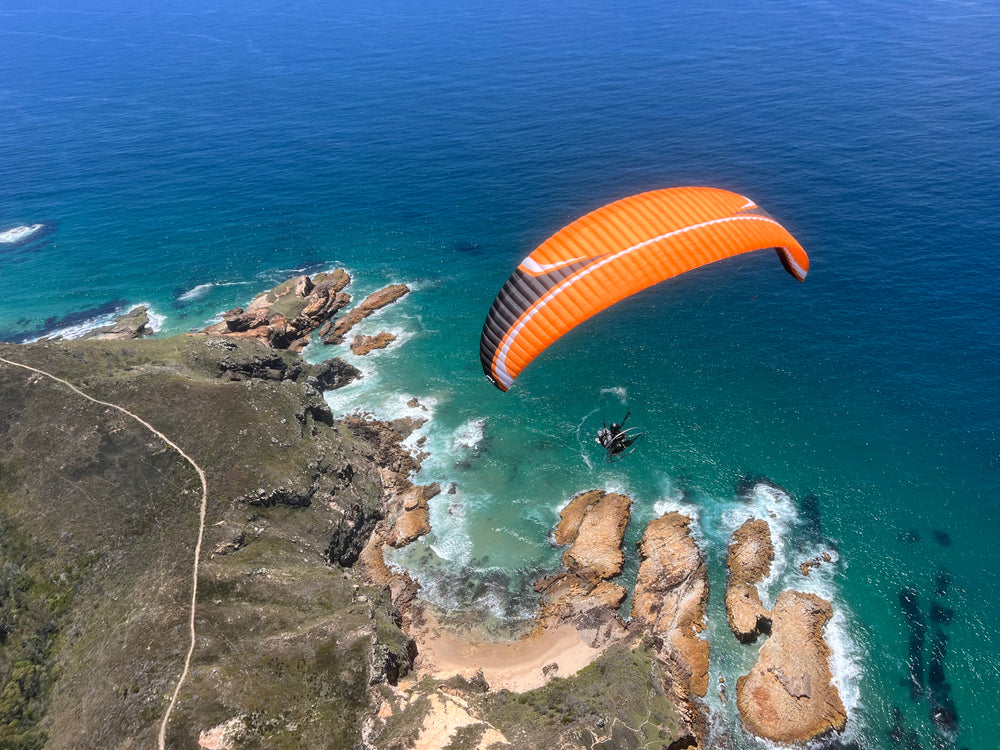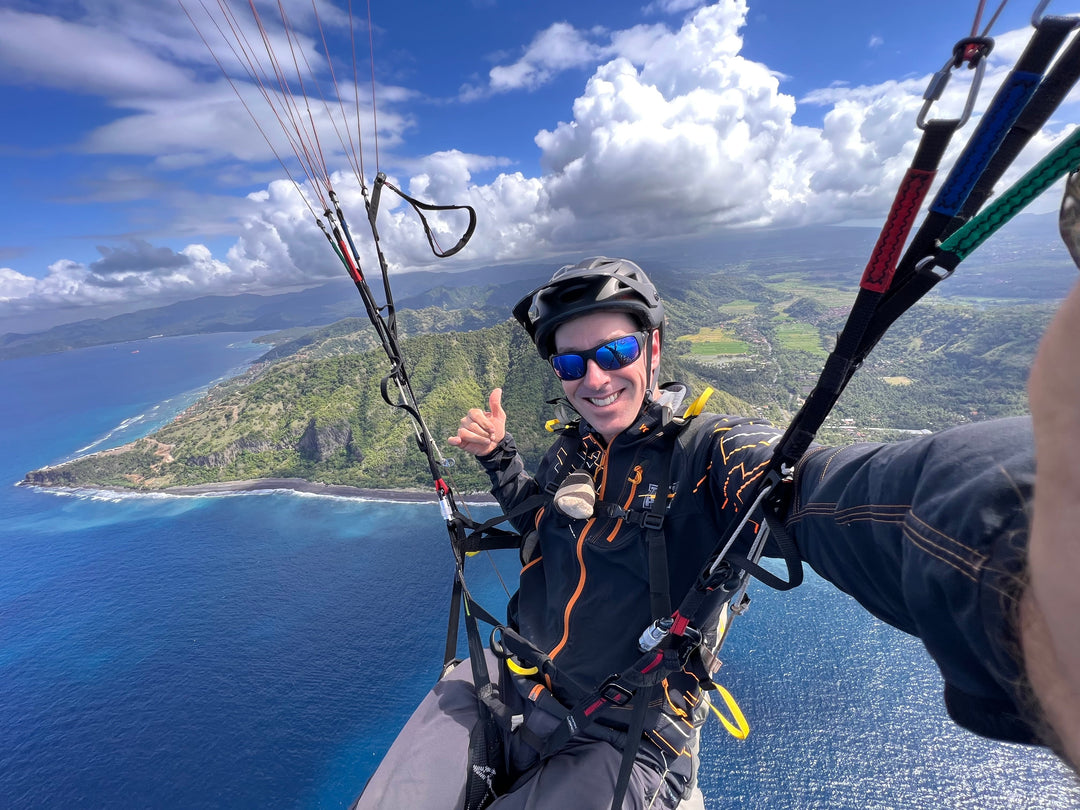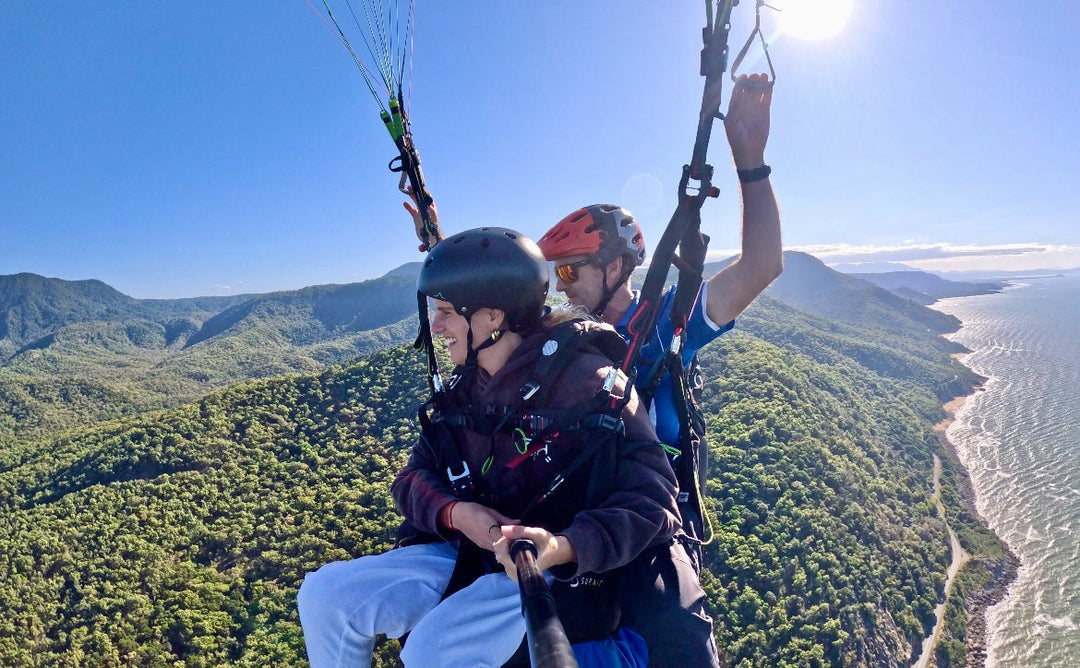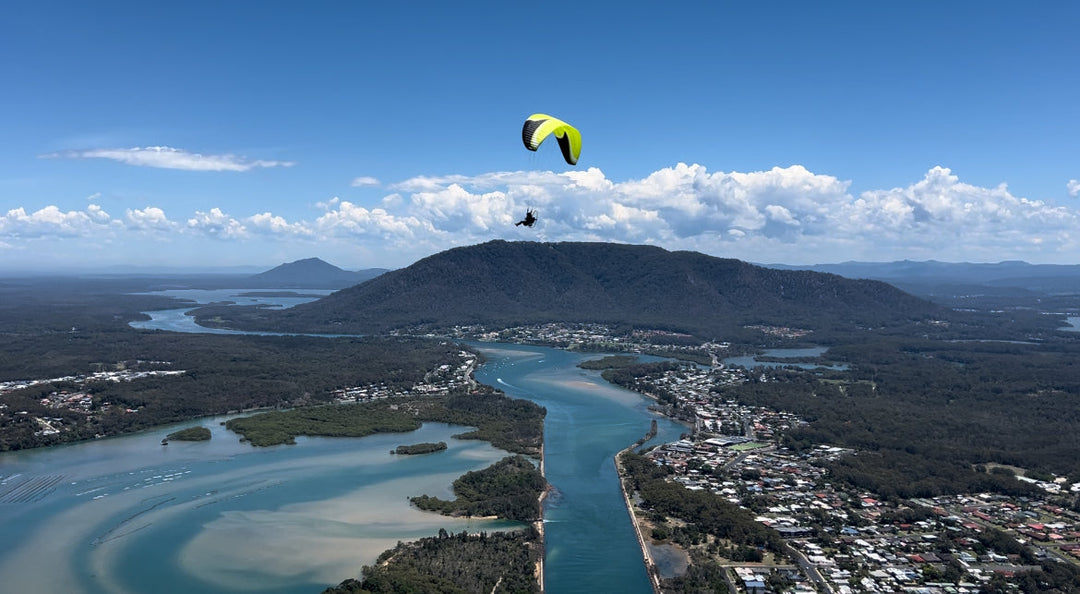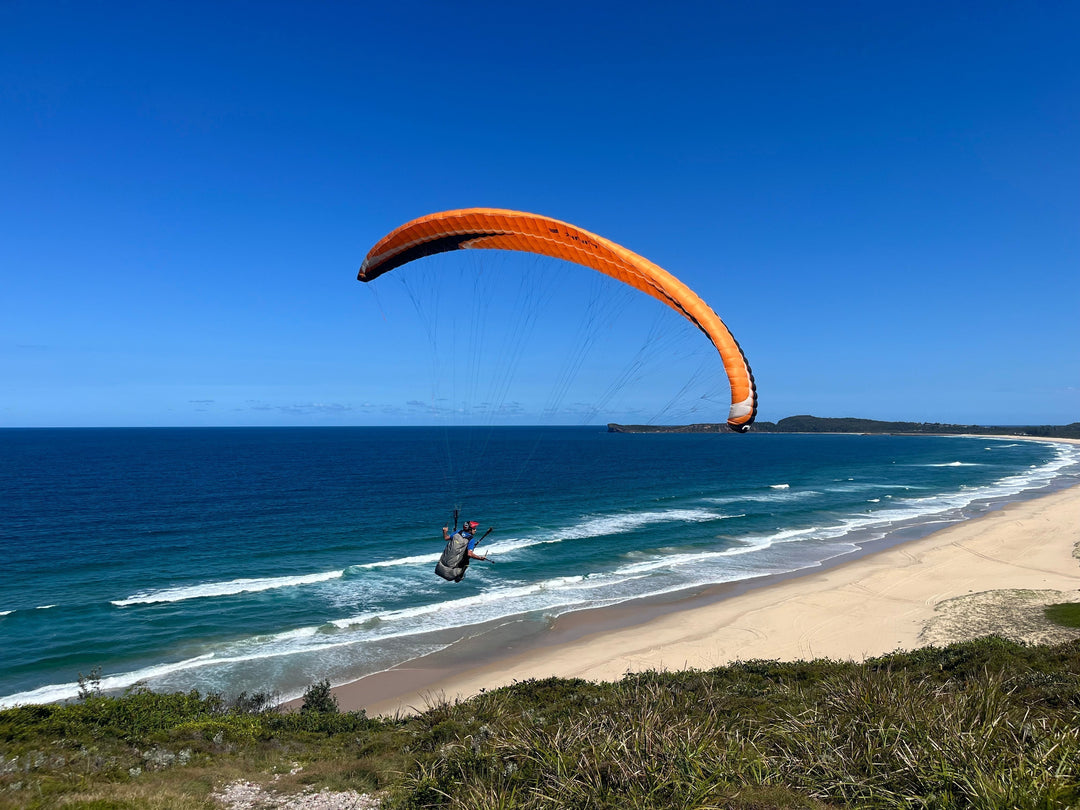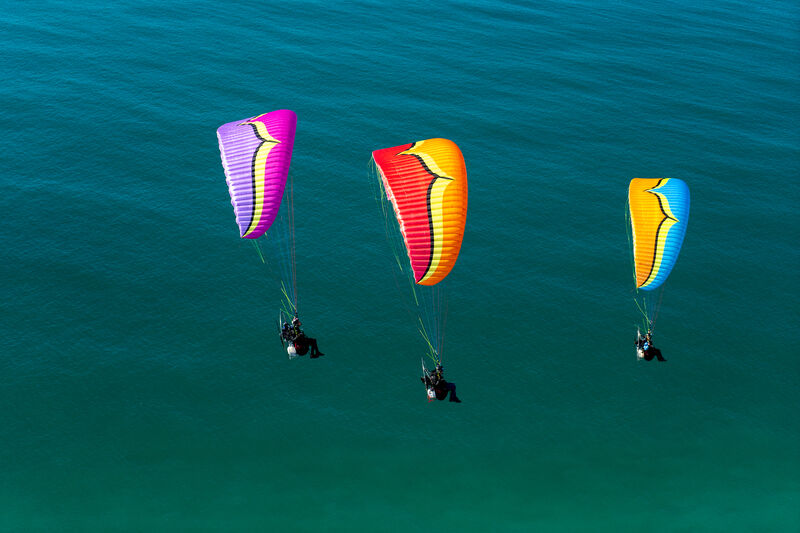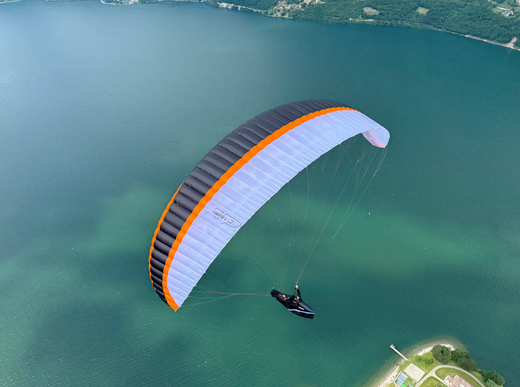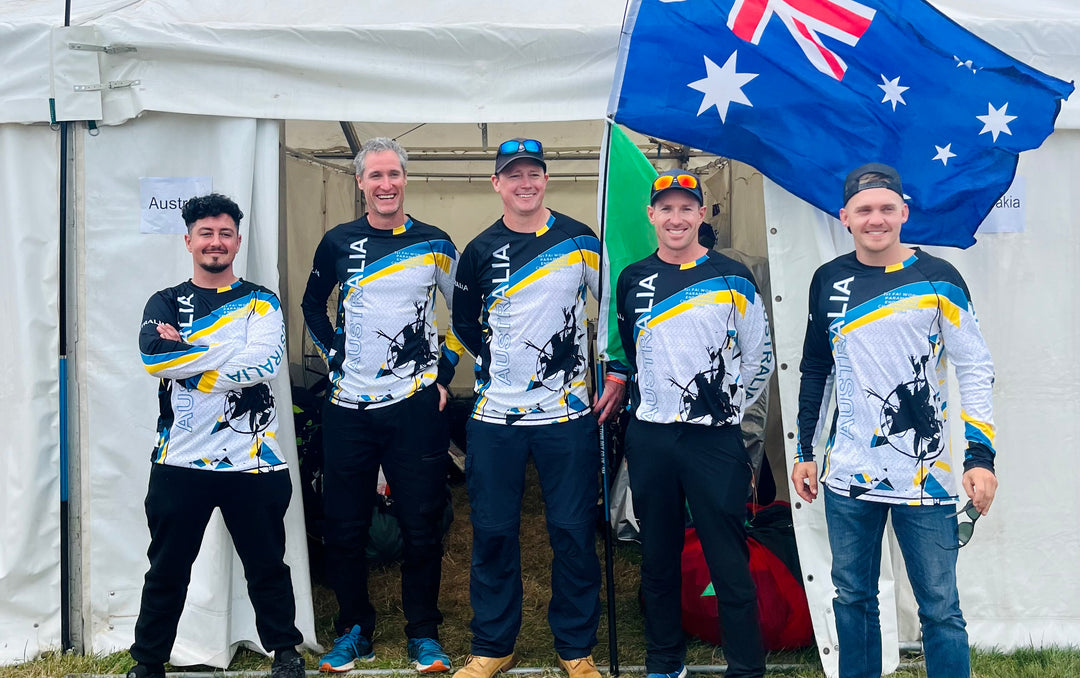Paragliding vs. Paramotoring: Which Is Right for You?

Adventure seekers and adrenaline junkies often find themselves drawn to the skies, eager to experience the thrill of flight. Paragliding and paramotoring are two exhilarating aerial activities that allow individuals to soar like birds, taking in breath-taking views of the world below. In this comprehensive guide, we'll delve into the world of paragliding vs. paramotoring, exploring the key differences, similarities, and considerations that can help you decide which one is the right fit for you.
What Is Paragliding?
Paragliding is a form of free flight where pilots launch themselves from a hill, cliff, or mountain using a lightweight, non-motorized glider. Paragliders use the air's natural currents and thermals to stay aloft, making it a serene and environmentally friendly way to experience flight.
Key Features of Paragliding:
- Simplicity: Paragliding is known for its simplicity. You need minimal equipment, just a glider, harness and helmet.
- Silent Flight: One of the unique aspects of paragliding is the peacefulness of the flight. You can glide silently, almost like a bird, taking in the sounds of nature.
- Skill-Based: While it's relatively easy to learn the basics, mastering paragliding requires skill, experience, and a deep understanding of weather conditions.
- Thermaling: Experienced paragliders can use thermals (rising columns of warm air) to gain altitude and stay airborne for extended periods.
What Is Paramotoring?
Paramotoring is a form of powered paragliding that combines the simplicity of paragliding with the added advantage of a motorized backpack engine. This engine provides thrust, allowing pilots to take off from flat ground without needing a hill or cliff. Paramotoring offers a unique blend of motorized flight and the freedom of paragliding.
Key Features of Paramotoring:
- Powered Flight: The motor is the most significant difference between paramotoring and paragliding.
- Accessibility: Paramotor pilots can take off from virtually anywhere with enough space.
- Training: Learning to paramotor requires more training and further skills compared to paragliding.
- Flight Duration: Paramotors can offer longer flight times due to the motor, making it possible to cover more distance in a single flight.
Choosing Between Paragliding and Paramotoring
Now that we've explored the basics of both paragliding and paramotoring let's discuss some essential factors to consider when deciding which adventure suits you best:
Your Thrill-Seeking Level:
- Paragliding: Paragliding might be your preferred choice if you seek a quieter and more serene experience. It allows you to feel the wind and experience flight in its purest form.
- Paramotoring: If you crave a bit more speed and excitement with the added power of a motor, paramotoring might better satisfy your adrenaline cravings.
Accessibility:
- Paragliding: Paragliding often requires the availability of suitable launch sites (hills, mountains, etc.). It might not be as accessible as paramotoring in some regions.
- Paramotoring: Paramotoring is more accessible because it doesn't rely on elevation for takeoff. You can take off from open fields, making it feasible in a wider range of locations. Paramotoring is slightly more physically demanding compared to paragliding due to the weight of the motor on your back.
Physical Demands
- Paragliding: Paragliding is less physically demanding - average fitness levels are recommended (mainly for when you need to walk back to launch!).
- Paramotoring: Paramotoring is slightly more physically demanding compared to paragliding due to the weight of the motor. You'll need to run a short distance with the motor on your back during take-off and landing. Alternatively, there is an option to do wheelbase paramotoring which doesn't require you to carry the weight of the engine.
Learning Curve:
- Paragliding: While the basics are easy to learn, becoming a highly skilled paraglider pilot takes time and dedication. You'll need to understand complex weather patterns and thermals, especially for cross-country flights.
- Paramotoring: Learning to paramotor follows on from learning to paraglide so it's really just a case of adding to your skillset and understanding how to manage the motor safely.
Duration of Flight:
- Paragliding: The duration of a paragliding flight depends on various factors, including weather conditions. It typically offers shorter flight times compared to paramotoring.
- Paramotoring: Thanks to the motor, paramotoring can provide longer flight durations, allowing you to explore more extensively.
Cost:
- Paragliding: Paragliding equipment is generally less expensive than paramotoring equipment.
- Paramotoring: The initial investment in paramotoring equipment is higher due to the purchase of a paramotor. However, if you purchase a high quality motor first time it will last you a long time.
High Adventure: Your Gateway to The Skies
Whether you're interested in paragliding or paramotoring, High Adventure is your go-to destination. As a renowned paragliding and paramotoring school, High Adventure offers aspiring pilots world-class training, guidance and equipment.
Why Choose High Adventure?
- Expert Instructors: High Adventure has experienced and certified instructors who will guide you through every step of your paragliding or paramotoring journey.
- Safety First: Safety is a paramount concern at High Adventure. They ensure that all participants receive thorough training and are equipped with reliable gear for their adventures.
- Equipment Rentals: If you're not ready to invest in equipment, High Adventure offers equipment rentals, allowing you to try paragliding or paramotoring without a significant upfront cost.
- Scenic Locations: High Adventure operates in some of the most stunning locations, ensuring that your flight experience is accompanied by breath-taking natural beauty.
Conclusion
In the thrilling world of paragliding vs. paramotoring, the choice ultimately comes down to your personal preferences, level of adventure-seeking, and accessibility. Paragliding offers a serene, silent flight experience amidst nature, while paramotoring adds the thrill of powered flight.
No matter which path you choose, High Adventure is your trusted partner in experiencing the joy of flight. Whether you're a beginner looking to take your first leap into the sky or an experienced pilot seeking new heights, High Adventure has the expertise and resources to make your aerial dreams come true. So take the leap, spread your wings, and embark on your next adventure with High Adventure. The sky is no longer the limit - it's just the beginning!


